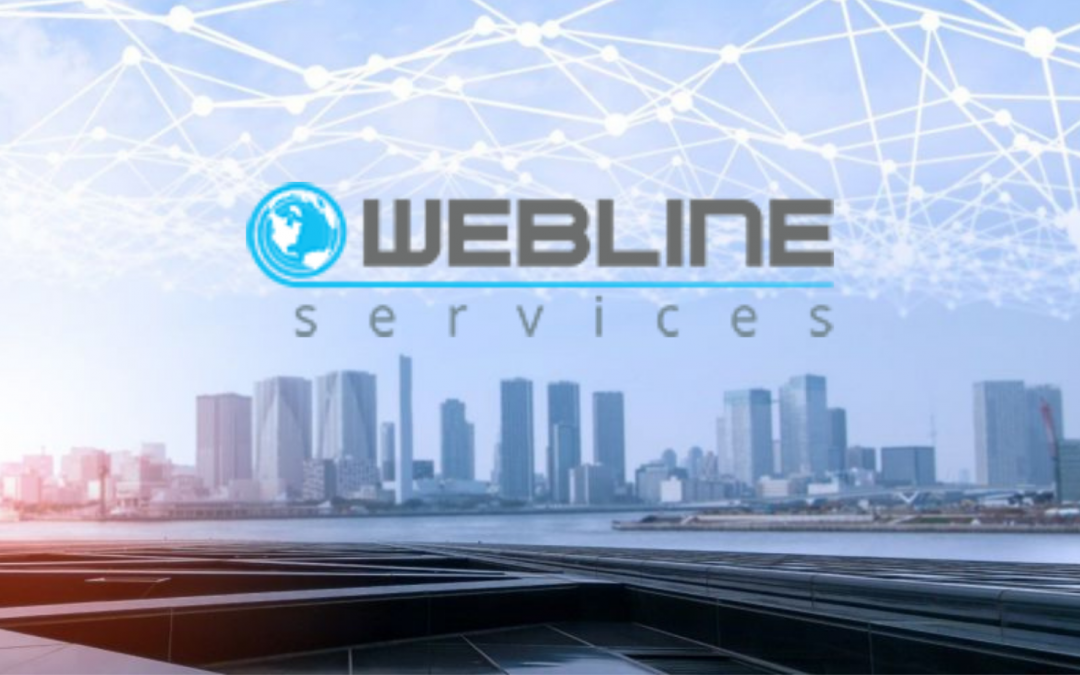Explore the benefits and different approaches of combined solutions for your business.
Technology and innovation are growing at an exponential curve rate in the last decades. To look back and remember the Y2K scandal while comparing the leaps and bounds technology has done today, will surely bring a chuckle or two into your life. Gone are wire telephones, VHS, and even CDs… replaced by better, and sometimes even sci-fi, alternatives. Businesses are moving to a more digital era, and we see this day by day, we just sometimes forget to appreciate the commodities at our grasps.
Giants of their respective industries are moving to the so-called “cloud” services; Disney now offers their streaming service “Disney+”, we have Netflix, the gaming companies have moved to online multiplayer gaming and also virtually downloading their games (as opposed to the physical copies we bought at our local stores). The tendency is to move away the physical platforms into a more versatile cloud modality. Service providers and even good resellers of different sectors are also following suit.
Cloud Vs On-Premise
So, what is the difference between these two approaches. There are three main differences:
- Allocation: On-premise hardware and software are installed locally in the premise of your business (or several premises owned by your business), while cloud services require service providers that host data in their servers.
- Accessibility: On-premise requires that the information can only access in the vicinity of your installations, through the business’s equipment. The Cloud can be accessed from any location where a web browser is installed.
- Security: On-premise offers a tighter control around the accessibility of sensitive data. Cloud storage can be accessed by anyone with the correct login information (it does offer other layers of protection, but that’s a topic for another discussion).
At first glance, cloud services might seem more appealing as they control the marketing idea of a newer, more technologically adhering option. If you think about it for a minute, on-premise has the advantage of a well established and viable solutions. A bank, for example, would not agree to its client information floating around outside its mainframe.
Is there any way to reconcile both mechanisms into a functional model? Yes, yes, there is.
Hybrid IT
Much like its name specifies, it’s a form of combined IT. Hybrid IT management brings the best of both worlds together for your business. It combines the control provided by on-premise strategies with the out-reach of the cloud. Adding to what was mentioned before, hybrid IT advantages also include:
- Cost reduction: Your business will be saving in hardware and software updates by allocating those resources into other areas of your choice. Only the sectors that you chose to keep as on-premise might incur in those investments.
- Structuring your business according to its needs: As marketing, distribution, and outsource become more virtual; hybrid IT allows your business to align its needs according to the market’s demands. You may keep sensitive information on-premise, while segregating other platforms to a cloud-based interphase.
- Hybridization offers solutions to bottleneck problems: Variability in a business is always a favorable asset. In a hybrid model, if any of the two modalities is lagging (for whatever reason) then the other can share the workload. This provides relief as solutions are outlined and implemented.
As we slowly dive into the future, more IT approaches will be introduced into our business ventures. They all will come with many advantages, however the key is to identify which model will best suit your needs. If you’re looking for reliable IT solutions, choose wisely, choose Webline-Services, the leading provider of multiple hosting services that will surely meet all of your requirements.

